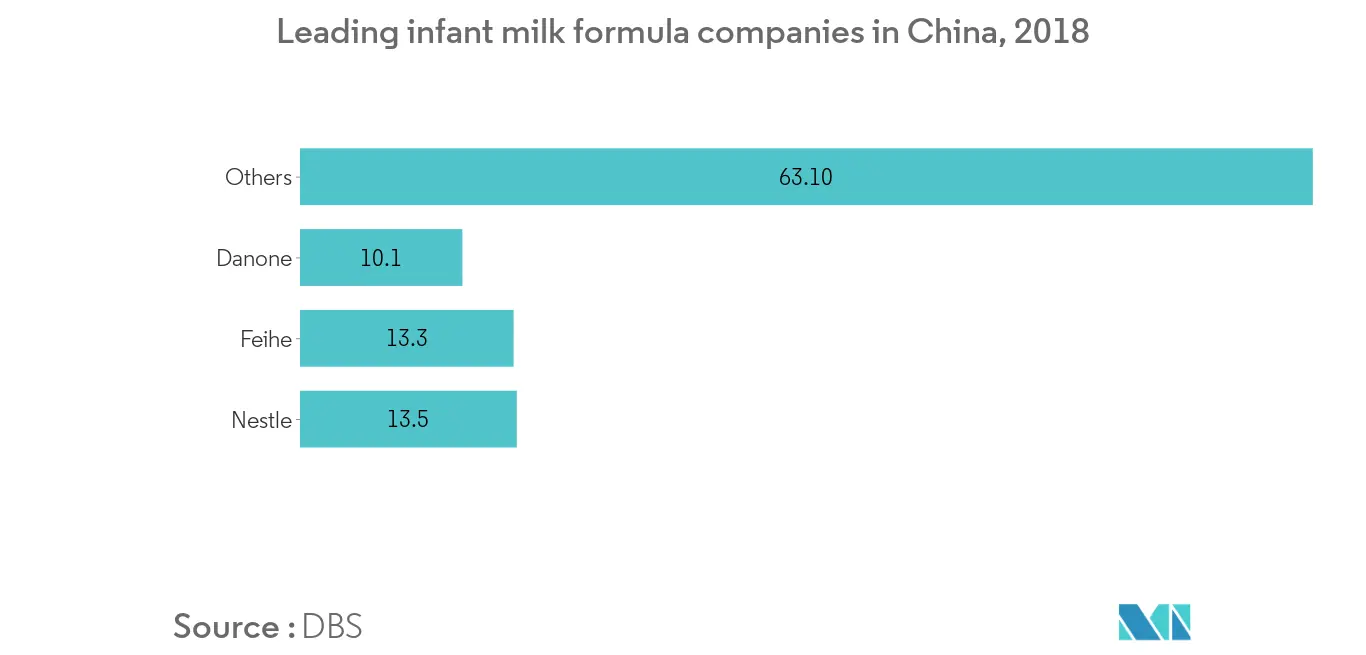Market Trends of Asia-Pacific Omega-3 Products Industry
This section covers the major market trends shaping the APAC Omega-3 Market according to our research experts:
Infants Formula Driving the Market Growth in the Region
The importance of omega-3 in infant nutrition in the Asia-Pacific region stands unparalleled; and as a result, there is a gigantic demand for omega-3 products. This increasing demand for infant nutrition is driving the omega-3 market in Asia-Pacific, supported by the health attributes it delivers for pre- and post-natal.
China and India are the world's largest consumers of infant formula products, due to high birth rates in the countries. China accounted for about one-third of the infant formula market in 2015, whereas infant formula is also the largest segment of baby food in India, where an annual average of childbirth is over 25 million children. Due to the increasing demand for high nutritional food for infants in the developing economies of Asia, such as China and India, a further increase in the consumption of omega-3 products is expected in the region.

Increasing Demand from the Aging Population
With populations across the world living longer, there is a growing focus on healthy aging that transforms into a meaningful lifespan without major chronic diseases and with good physical and mental function. Countries, such as Japan, are experiencing a "super-aging" society, both, in rural and urban areas. According to 2014 estimates by Bloomberg, 33.0% of the Japanese population was above the age of 60, 25.9% were aged 65 or above, and 12.5% were aged 75 or above.
Higher blood levels of omega-3 fatty acids found in seafood are associated with a higher likelihood of healthy aging among older adults. The above-mentioned factor, in turn, impacts the manufacturers operating in the region positively to target specific countries that have an increasing propensity, in terms of old age population.


